How Foil Bags Evolve as the Gold Standard in Barrier Packaging
In an era demanding peak product protection and extended shelf life, Foil Bags remain an indispensable powerhouse within the protective packaging landscape. These sophisticated structures, leveraging the unparalleled barrier properties of aluminum foil, continue to set the benchmark for safeguarding sensitive contents against oxygen, moisture, light, and contaminants. While sustainability pressures drive innovation across flexible packaging, the unique performance characteristics of Foil Bags ensure their enduring relevance, particularly for high-value, long-shelf-life, or critically sensitive products. Far from being stagnant, the technology behind these bags is undergoing a quiet revolution, integrating new materials, smarter designs, and enhanced sustainability features to meet modern demands without compromising their core protective function. This evolution reaffirms the Foil Bag as a sophisticated, evolving solution within the broader realm of high-performance Barrier Packaging.
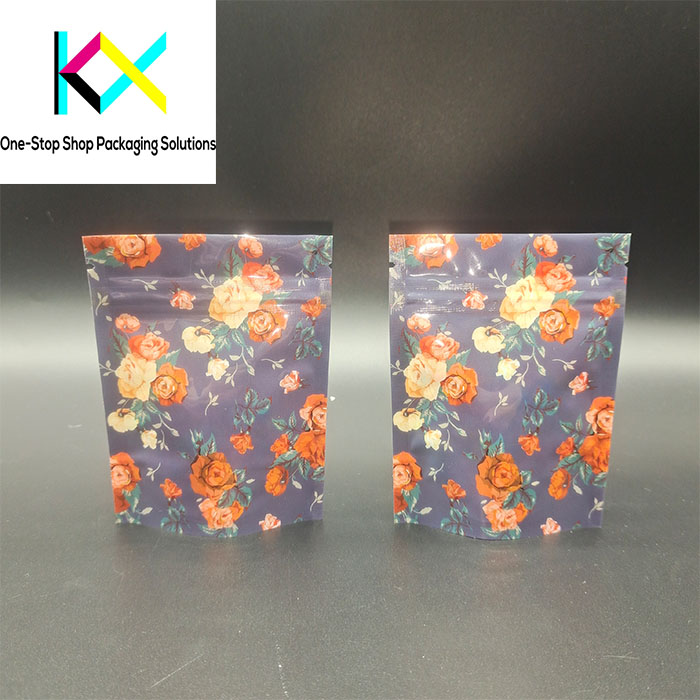
1. The Unmatched Barrier: Why Foil Reigns Supreme
The core strength of Foil Bags lies in the intrinsic properties of aluminum foil itself. Unlike polymeric films whose barrier performance depends on complex molecular structures and can be susceptible to environmental factors, aluminum foil provides an absolute, near-impermeable physical barrier. Its dense metallic structure:
Blocks Oxygen and Moisture Completely: Even the thinnest gauges offer virtually zero transmission of oxygen and water vapor, crucial for preventing oxidation, rancidity, moisture absorption, and microbial growth. This level of protection is unmatched by purely plastic-based Barrier Packaging alternatives.
Defends Against Light and UV Radiation: Aluminum foil is completely opaque, shielding light-sensitive contents like vitamins, pharmaceuticals, certain foods, and electronics from degradation caused by UV exposure.
Resists Grease, Oils, and Aromas: It provides an excellent barrier against grease migration and prevents the ingress or egress of volatile aromas and flavors, preserving product integrity and preventing flavor scalping or contamination.
Enhances Mechanical Strength: The foil layer significantly boosts the puncture and tear resistance of the overall laminate structure, providing robust physical protection during handling, shipping, and storage.
This constellation of absolute barriers makes Foil Bags the go-to solution for applications where failure is not an option: critical medical devices and implants, sensitive electronic components, high-value coffee and specialty foods, premium nutraceuticals, and long-term emergency rations. They represent the pinnacle of Barrier Packaging reliability.
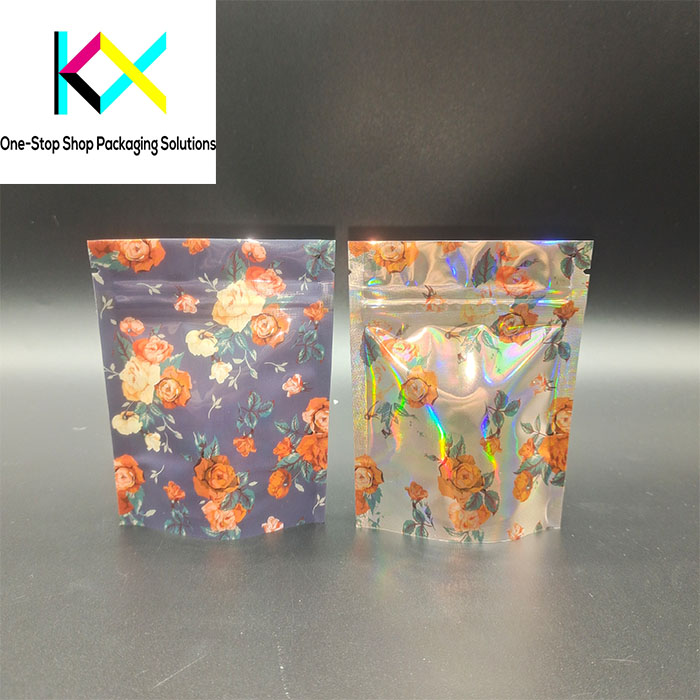
2. Beyond the Foil: Material Science Elevates Performance
Modern Foil Bags are not merely layers of foil. They are complex, engineered laminates where the foil core is synergistically combined with other functional materials:
Polymer Films for Sealability and Durability: The foil is typically sandwiched between layers of polymer films (like PET, nylon, or polyolefins). The outer layer provides abrasion resistance, printability, and structural integrity. The inner sealant layer (often PE or PP-based copolymers) ensures reliable, hermetic heat sealing crucial for maintaining the barrier integrity of the finished pouch.
Adhesive Innovations: High-performance adhesives bond the layers together. Developments focus on adhesives that maintain bond strength across wide temperature ranges, resist aggressive contents (like solvents or essential oils), and contribute minimal odor or taste transfer.
Thinner Gauges, Equal Protection: Significant advancements allow manufacturers to use thinner aluminum foil gauges while maintaining the essential absolute barrier properties. This reduces material usage and weight without sacrificing performance, aligning with resource efficiency goals.
Enhanced Surface Treatments: Treatments applied to the foil surface can improve adhesion to polymers and inks, enhance corrosion resistance, and provide specific functional properties.
The precise combination of materials is tailored to the specific product requirements – whether it needs resistance to aggressive chemicals, sterilization (autoclaving), extreme temperatures, or specific regulatory compliance (e.g., FDA food contact, USP Class VI for medical devices). This material science expertise continuously pushes the boundaries of what Foil Bags can protect.
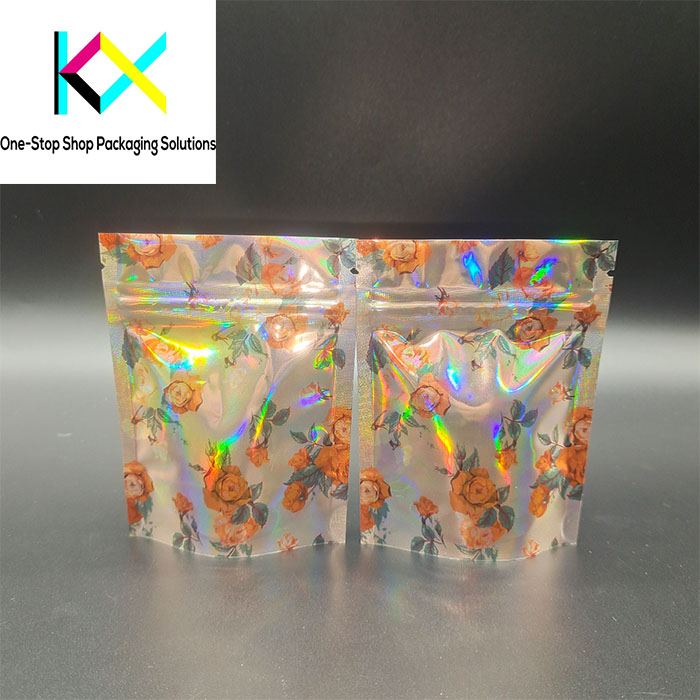
3. Confronting the Sustainability Imperative
Historically, the complex multi-material structure of Foil Bags posed significant recycling challenges, often leading to landfill disposal. Addressing this is paramount for their continued relevance. The industry is responding with innovative approaches:
Design for Recyclability (Where Possible): While traditional laminates are difficult, efforts focus on developing structures using compatible polymers (e.g., all-polyolefin outer and sealant layers) bonded to the foil. Though separation remains a challenge, this improves compatibility with certain recycling streams or facilitates pyrolysis.
Embracing Advanced Recycling: Chemical recycling technologies (pyrolysis, gasification) offer a promising pathway for recovering value from end-of-life Foil Bags. These processes can break down the plastic components into feedstocks for new plastics or fuels, while the aluminum can potentially be recovered from the residue.
Lightweighting and Resource Reduction: As mentioned, using thinner foil gauges and optimizing overall pouch design reduces the total material footprint per bag. Efficient nesting designs minimize wasted space during shipping.
Promoting Reuse Systems: For specific B2B applications (e.g., components within larger reusable shipping containers, certain industrial products), robust Foil Bags are being designed for multiple use cycles before final recycling or disposal, significantly extending their life.
Life Cycle Assessment (LCA) Transparency: Demonstrating the overall environmental benefit is key. While end-of-life is a challenge, the superior barrier performance of Foil Bags often drastically reduces product spoilage and waste – a significant environmental saving that must be factored into the total lifecycle impact.
Sustainability efforts focus on reducing impact across the entire lifecycle, from sourcing certified aluminum (often with high recycled content) to optimizing production and transportation, and finally, exploring viable recovery pathways. The goal is to maximize the protective benefit while minimizing the environmental burden.
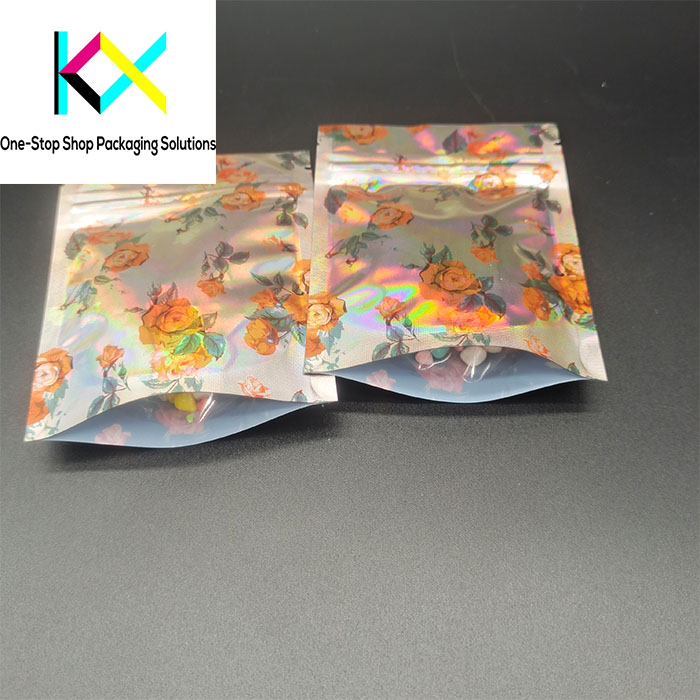
4. Smart Features and Intelligent Design
The evolution of Foil Bags extends beyond materials and sustainability into enhanced functionality and user experience:
Integrated Tamper Evidence: Sophisticated tear strips, induction-sealed inner liners, and specialized seal patterns provide clear, irreversible evidence of tampering, critical for pharmaceuticals, high-value goods, and food safety.
Resealable Convenience: Zipper closures (press-to-seal or slide), easy-tear notches, and integrated spouts/dosing mechanisms are increasingly common, enhancing consumer convenience for products used multiple times and extending the effective shelf life after opening.
Advanced Sterilization Compatibility: Designs specifically engineered to withstand rigorous sterilization methods (e.g., Ethylene Oxide – EtO, Gamma irradiation, Steam autoclaving) are vital for medical device and pharmaceutical packaging, ensuring sterility is maintained until point of use.
Improved Puncture and Abuse Resistance: Reinforcement patches, heavier gauge films in critical areas, and specialized film formulations enhance durability for products prone to puncture or rough handling.
Custom Form Factors: Advanced forming technologies allow for complex three-dimensional shapes, stand-up capabilities, flat-bottom designs, and integrated hangers, maximizing product visibility, shelf impact, and utility.
These intelligent design features transform the Foil Bag from a simple protective container into a sophisticated product delivery system that enhances usability, safety, and brand perception, adding significant value beyond the core Barrier Packaging function.
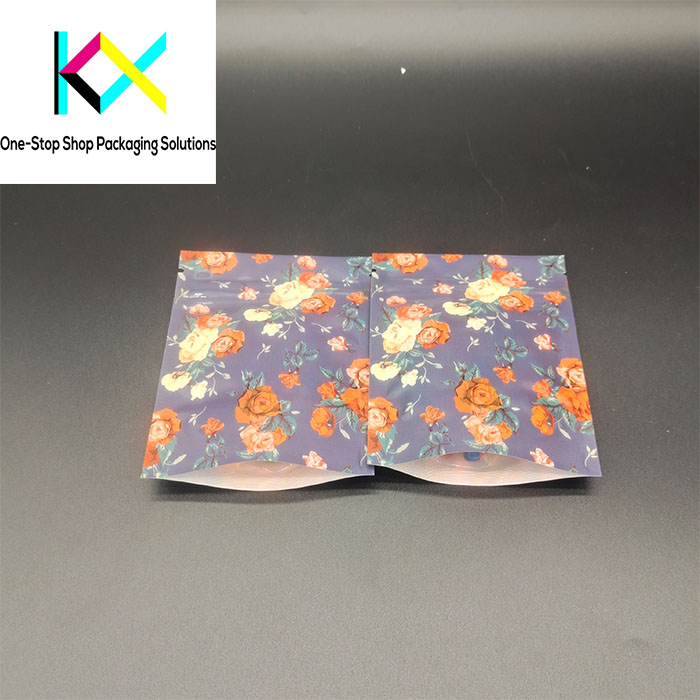
5. The Future: Integration and Continued Innovation
The future of Foil Bags lies in their intelligent integration into broader supply chains and continuous performance refinement:
Smart Packaging Integration: Incorporating indicators (time-temperature, oxygen, moisture) directly onto or within the pouch structure provides real-time quality assurance and enhances supply chain visibility. RFID/NFC tags embedded within the laminate enable tracking, authentication, and consumer engagement.
Nano-Coatings and Ultra-Thin Barriers: Research continues into enhancing polymer-only barriers, but for the foreseeable future, foil offers unmatched absolute performance at scale. Further refinement of ultra-thin, defect-free foil application and exploration of hybrid approaches (e.g., ultra-thin foil + high-barrier coatings) will persist.
Circular Economy Pathways: Scaling advanced recycling infrastructure specifically capable of handling multi-material laminates like Foil Bags is critical. Collaboration across the value chain – material suppliers, converters, brands, waste managers, recyclers, and policymakers – is essential to develop and implement viable, economically sustainable recovery systems.
Performance Under Extreme Conditions: Demands for Foil Bags capable of protecting sensitive payloads in increasingly harsh environments (e.g., deep-sea, space exploration, high-altitude, extreme climates) will drive innovation in material resilience and seal integrity.
Foil Bags will not be displaced; they will evolve. Their role as the ultimate Barrier Packaging solution for the most demanding applications remains secure. The focus is on making them smarter, more resource-efficient, and integrating them into a more circular future. By leveraging the unique properties of aluminum foil while embracing material science advances, sustainable design principles, and smart technologies, Foil Bags will continue to be the unseen shield protecting our most valuable and vulnerable products for decades to come. Their evolution is a testament to the enduring power of focused innovation meeting critical protective needs.
